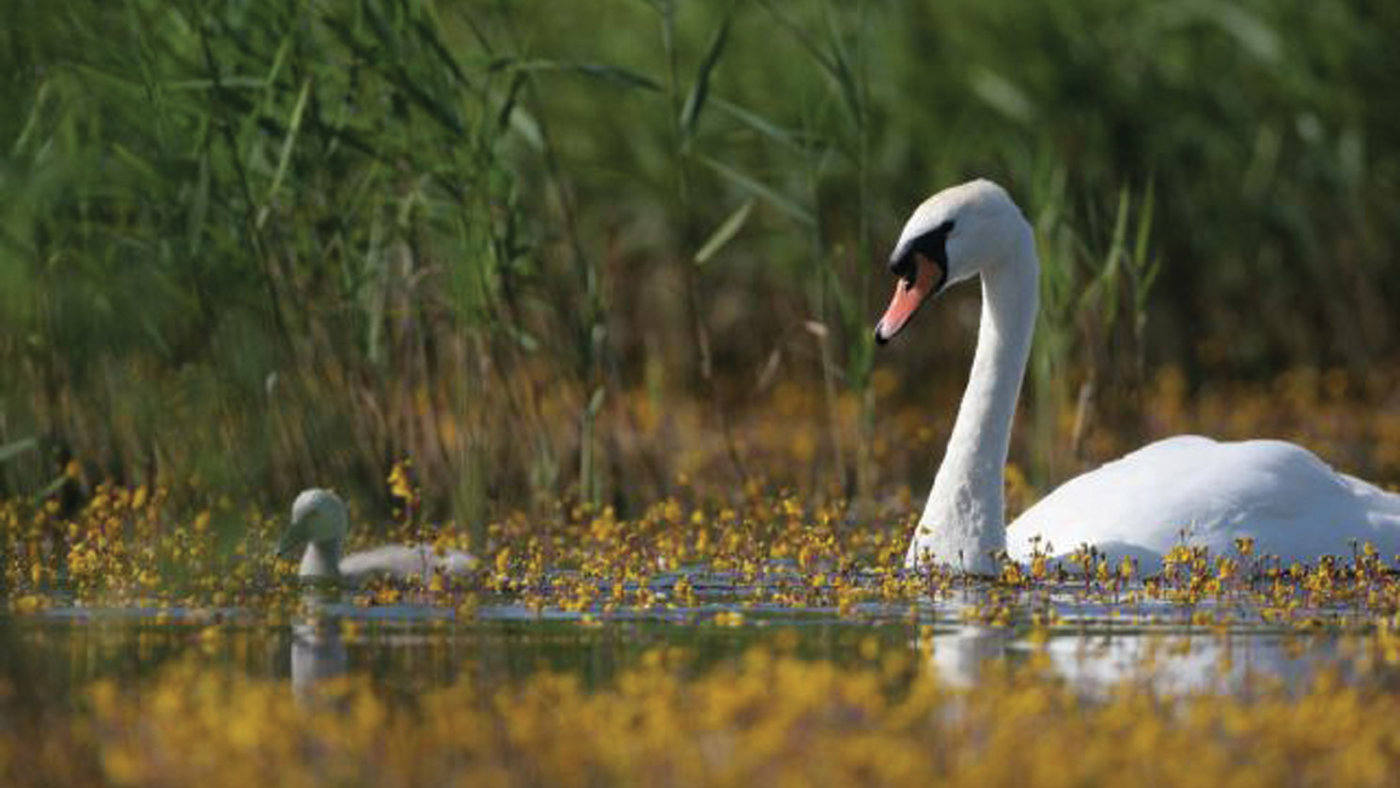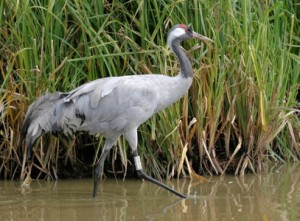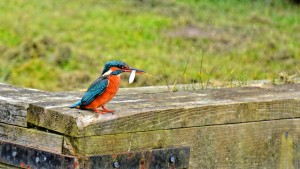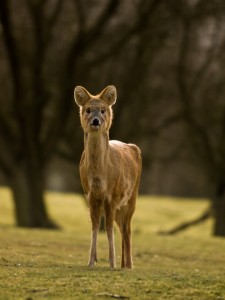
As any nature enthusiasts will know, spring is a wonderful time of the year to enjoy wildlife; in your garden, on a walk, at the local park, and especially on the Norfolk Broads. We are lucky to have an abundance of plants and animals, all looking forward to the warmth of spring and summer.
Whilst we can’t guarantee that you’ll see all of these animals on your boat holidays or cottage holidays (they are wild, after all), we’ve listed some of the animals that are more active in the spring months.
The Swallowtail Butterfly
The elusive Swallowtail truly is a rare spotting on the Broads. It is the largest UK native butterfly and has dark wings with deep yellow markings. Ranworth Broad Nature Trail is a good place to spot the Swallowtail, although they have been spotted across the Broads from late May. If you are lucky enough to spot a Swallowtail, you’re sure to recognise this beautiful butterfly.
The Bittern
 The Bittern is a very secretive bird, which is why they are difficult to spot. They spend their time moving quietly through reeds close to the water’s edge, looking for fish. In the spring, you can hear the booming sound of the males’ call. Hickling Broad is a good place to spot the Bittern from late March – this is where they were first rediscovered in 1911 after not being spotted since 1886.
The Bittern is a very secretive bird, which is why they are difficult to spot. They spend their time moving quietly through reeds close to the water’s edge, looking for fish. In the spring, you can hear the booming sound of the males’ call. Hickling Broad is a good place to spot the Bittern from late March – this is where they were first rediscovered in 1911 after not being spotted since 1886.
The Crane
 The Crane is a large bird, with long legs and a long neck, not to be confused with the much more common Heron, it is mostly grey with drooping tail feathers. The Crane can be seen in spring during migration, and although the RSPB keep the exact location secret for protection of the Crane, it is known to have a single breeding location in the East of England.
The Crane is a large bird, with long legs and a long neck, not to be confused with the much more common Heron, it is mostly grey with drooping tail feathers. The Crane can be seen in spring during migration, and although the RSPB keep the exact location secret for protection of the Crane, it is known to have a single breeding location in the East of England.
The Norfolk Hawker
 Norfolk Hawker dragonflies are nationally rare which is why they are protected by UK law, however, they are resident in the Norfolk Broads so your chances of spotting one are much higher. The Norfolk Hawker has a distinctive look, with green eyes, clear wings and a yellow triangle on the body. They can usually be seen between late May and mid-July when the young emerge as adults.
Norfolk Hawker dragonflies are nationally rare which is why they are protected by UK law, however, they are resident in the Norfolk Broads so your chances of spotting one are much higher. The Norfolk Hawker has a distinctive look, with green eyes, clear wings and a yellow triangle on the body. They can usually be seen between late May and mid-July when the young emerge as adults.
The Kingfisher
 Kingfishers are resident in the UK, and are common on the Broads due to the vast expanses of water. They are a small bird, of similar size to the Sparrow, and have very recognisable bright colouring. Like most birds, spring is when Kingfishers mate, and they can be seen courting across the Broads in March and April.
Kingfishers are resident in the UK, and are common on the Broads due to the vast expanses of water. They are a small bird, of similar size to the Sparrow, and have very recognisable bright colouring. Like most birds, spring is when Kingfishers mate, and they can be seen courting across the Broads in March and April.
Chinese Water Deer
 Having escaped from a zoo in 1929, the small Chinese Water Deer have taken up permanent lodgings on the Norfolk Broads, where they thrive in the reeds and wetlands. Breeding takes place throughout winter and into April and fawns are usually born between May and July. Although you might see a Chinese Water Deer at any time of the day, they are most active at dusk.
Having escaped from a zoo in 1929, the small Chinese Water Deer have taken up permanent lodgings on the Norfolk Broads, where they thrive in the reeds and wetlands. Breeding takes place throughout winter and into April and fawns are usually born between May and July. Although you might see a Chinese Water Deer at any time of the day, they are most active at dusk.
If you spot any of these beautiful creatures during your stay on the Broads, please be considerate of their natural habitat and view them from a safe distance so that they can continue to be enjoyed by all.
Images: Crane © Dave Key @ www.wildfowl-photography.co.uk
Kingfisher © Gary Howes
Water Deer © William Warby via commons.wikimedia.org
